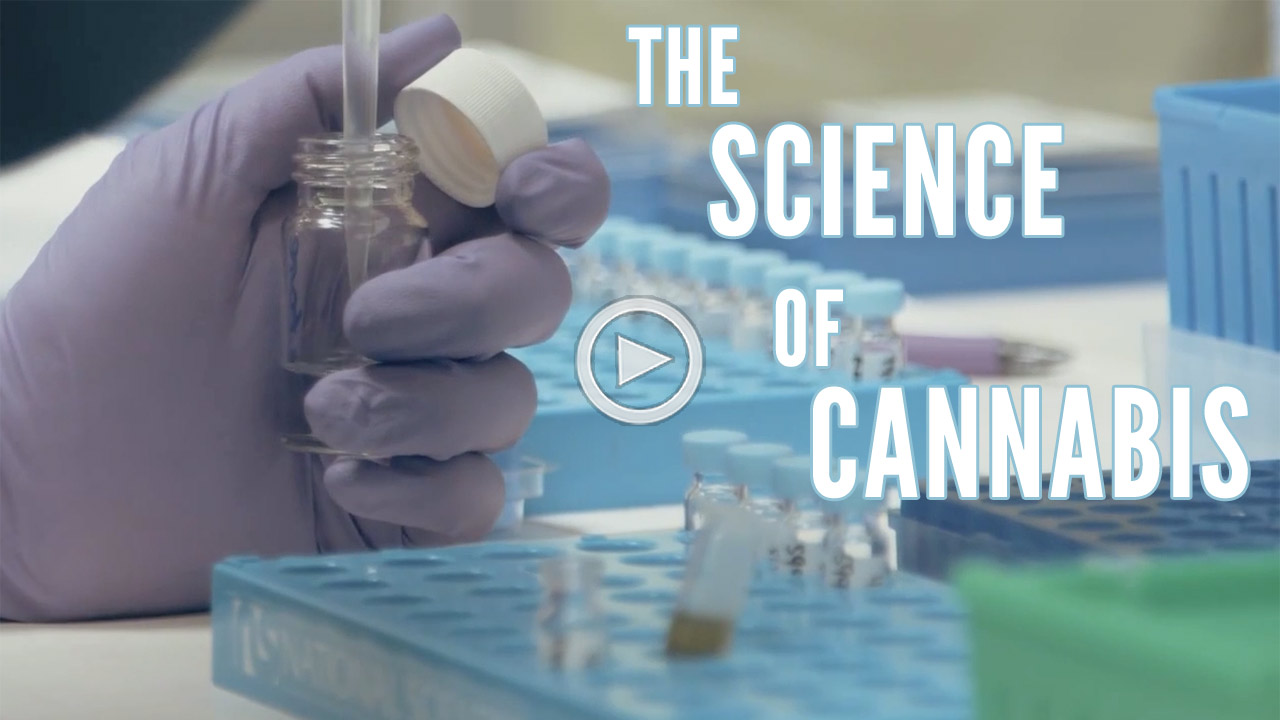Probably, the most, easy to understand definition and description of Functional Food is found on The National Cooperative Grocers Association web site. The following is their quoted definition, with a web link and resources listed at the end of this article.
Specific Phytochemicals
[su_tabs active=”1″]
[su_tab title=”Carotenoids“] Leafy green vegetables, corn, eggs, and citrus are sources of a lutein and zeaxanthin carotenoids. These have key roles in maintaining healthy vision. Tomatoes, canned tomato products, and watermelon are sources of lycopene—a carotenoid that maintains prostate health. [/su_tab]
[su_tab title=”Flavonoids“] Compounds from this large group of phtyochemicals are found in a variety of foods and their potential health benefits are numerous. Potential benefits include: overall disease protection from enhanced cellular antioxidant defenses; roles in heart and urinary tract health; and maintenance of brain function. [/su_tab]
[su_tab title=”Isothiocyanates“] Cruciferous vegetables like cauliflower, broccoli, cabbage, collards,kale, and Brussels sprouts are rich in these phytochemicals. Animal studies and human population research show isothiocyanates fight cancer and enhance our bodies’ natural antioxidant defenses and detoxification systems. [/su_tab]
[su_tab title=”Sulfides and Thiols“] Pungent vegetables like onions, garlic, leaks, and scallions are rich in these phytochemicals. Potential health benefits include enhanced detoxification of undesirable compounds, cancer fighting, and maintenance of heart health and immune function. [/su_tab]
[/su_tabs]
Antioxidant Vitamins
[su_tabs active=”1″]
[su_tab title=”Macro Nutrients“]
Vitamin C, Vitamin E, and Beta Carotene
Antioxidants protect the cells in our body from damage by free-radical compounds. Regular intake of antioxidant-rich foods has the potential to ward off a variety of diseases; specifically it can reduce cancer risk and support healthy cardiovascular function.
B Vitamins: Folate, Vitamin B6, and Vitamin B12
These three B vitamins work together to maintain vascular function and health by keeping levels of the amino acid homocysteine under control. High blood levels of homocysteine are a marker for vascular disease risk. Low intake of any one of these three vitamins may increase risk for heart disease and stroke.
Although available in a variety of foods, an easy way to ensure you are getting adequate amounts of each is to regularly include fortified cereals and grains in your diet. B vitamins are also essential for energy metabolism where they help break down carbohydrate into glucose. Many energy drinks have added B vitamins; however, research suggests persons who consume a reasonable diet, and are not vitamin deficient, will not see improved exercise performance by using vitamin fortified drinks.
[/su_tab]
[su_tab title=”Minerals“]
Calcium
Clinical trials show calcium-rich foods can lower risk for osteoporosis. More recently calcium intake from low-fat dairy has been linked to improved weight-loss for dieters, but the evidence here is still highly debated by scientists.
Potassium
Potassium plays a role in regulating blood pressure. A study called Dietary Approaches to Stop Hypertension (DASH) found a low-fat, low-salt diet containing potassium-rich fruits and vegetables helped lower blood pressure.
Selenium
Several studies associate selenium with anti-cancer activity, including evidence for skin, prostate, colorectal, and esophageal cancers. However, researchers advise more selenium is not always better and high-dose supplements could have negative effects. It’s best to regularly include selenium-rich foods such as nuts, fish, poultry, and whole grains in your diet.[/su_tab]
Key Functional Food Components & Potential Health Benefits
[su_tabs active=”1″]
[su_tab title=”Omega-3 Fatty Acids“]
DHA/EPA and ALA
These acronyms pertain to two different types of omega-3 fatty acids. DHA and EPA are found in animal sources and are the most easily used omega-3 fats for our body. ALA is found in plant sources and our body must convert it to EPA and DHA. Omega-3 fats are shown to reduce heart disease risk, and help maintain mental and visual function. The average American diet is low in omega-3-rich foods. To get enough, incorporate into your diet good sources such as, cold-water fish, walnuts, ground flax, and omega-3 fortified eggs. Research indicates six ounces of fatty cold-water fish per week can reduce heart disease risk.
[/su_tab]
[su_tab title=”Probiotics and Prebiotics“]
Probiotics—Lactobacilli and Bifidobacteria
Probiotics are the healthful bacteria that reside in our intestinal tract. Natural food sources are mainly fermented dairy like yogurt and kefir. Human population research suggests diets rich in fermented dairy may lower cholesterol and cancer risk. Clinical trials show probiotics maintain gut function and health by preventing overgrowth of harmful intestinal bacteria. Because good immunity depends on a healthy gut, probiotics also aid our immune defenses.
Prebiotics—Inulin, Polydextrose, and Fructo-oligosaccharides (FOS)
Prebiotics are carbohydrates in food that our body cannot digest or absorb. Food sources include whole grains, some fruits, onions, garlic, leeks, honey, and fortified foods and beverages. As they pass through our digestive tract probiotics feed on them. Therefore, prebiotics are the food that keeps beneficial probiotic populations adequate and healthy. This in turn may improve intestinal health and nutrient absorption.[/su_tab]
[su_tab title=”Fiber“] Fiber is only found in plants, but more and more foods are being fortified with what scientists call “functional fibers” such as maltodextrins, polydextrose, beta glucans, inulin, and cellulose. These isolated fiber components may not confer all the same benefits of total or complete fiber from natural whole foods. Some benefits of fiber-rich diets include reduced risk of heart disease and cancer, and maintenance of a healthy digestive tract and blood glucose levels. Clinical trials show that soluble fiber rich in beta glucans and found in foods like oats and barley, lowers cholesterol by binding it in the intestine. [/su_tab]
[su_tab title=”Soy Protein“] Soy protein found in natural soy foods is shown in clinical trials to reduce cholesterol and risk of heart disease. Because soy has other healthy components like isoflavones and lignans, it’s advisable to include whole soy foods in your diet over foods supplemented with soy protein. These other soy components may contribute to bone health and immune function, as well as menopausal health for women. [/su_tab]
[su_tab title=”Phytosterols“] Phytosterols are plant compounds that lower cholesterol by trapping it in the gut. An increasing number of foods are being fortified with phytosterols; examples include margarines, yogurt, orange juice, and rice milk. Natural sources include corn, soy, and wheat. However, for persons who need to lower their cholesterol and want a safe, more natural alternative to drugs, the phytosterol levels found in fortified foods may be more effective than those attainable from natural sources. [/su_tab]
[/su_tabs]
ALL ABOUT Functional Foods
©2006, National Cooperative Grocers Association (NCGA)
Resources
Heathy Chef Original Quote and compiled information for this page.
http://www.healthychef.us/functional-foods.php
The American Dietetic Association Position Paper on Functional Foods
www.eatright.org
The University of Illinois Functional Foods for Health Program
www.ag.uiuc.edu/~ffh/
The University of Michigan Integrative Medicine Healing Foods Pyramid
www.med.umich.edu/umim/index.htm


